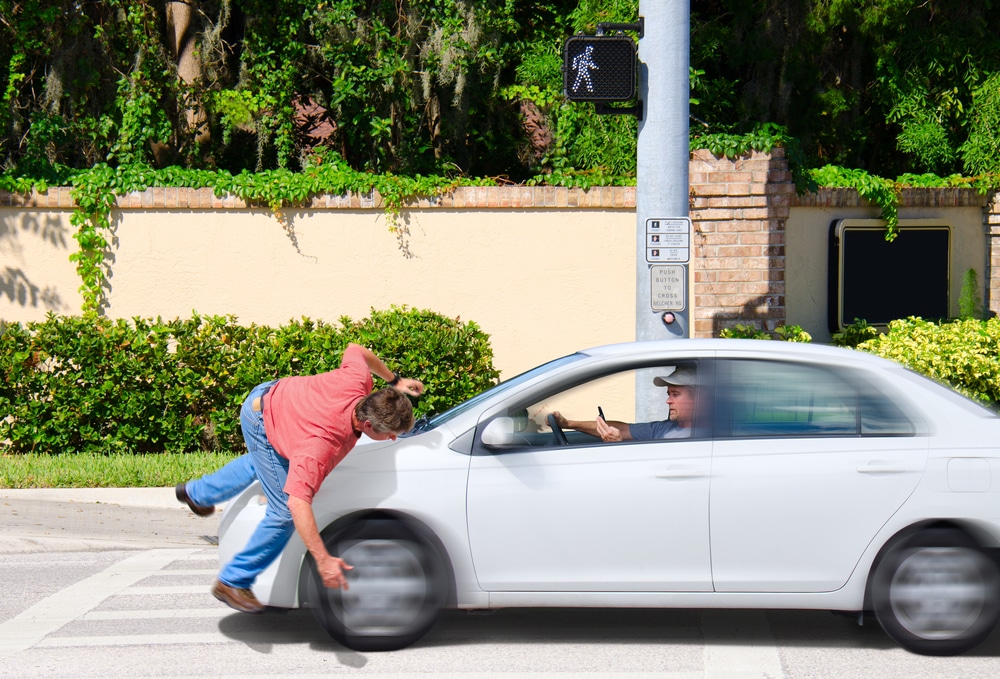The no-nonsense and purposeful stride of a New Yorker is as much a Big Apple trademark as the Statue of Liberty or Yankee Stadium. In much of the greater New York area, walking is by far the most practical way to get from place to place. Unfortunately, nearly every day, New York people suffer serious injuries due to pedestrian accidents.
Understanding your rights after an accident and when to contact a New York pedestrian accident lawyer is essential information for every New Yorker.
The Statistics: New York City Pedestrian Injuries Continue
In March 2022, vehicles injured 732 pedestrians in the boroughs, with eight individuals losing their lives. Brooklyn accounted for more than one-third of the injuries and fatal accidents involving pedestrians. These dismaying numbers come on the heels of a city-wide effort to improve pedestrian safety.
The City of New York Police Department’s monthly report provides a clue: the cause for more than one out of every four motor vehicle accidents was driver inattention or distraction.
New York Law: Rules of the Road for Pedestrians and Drivers
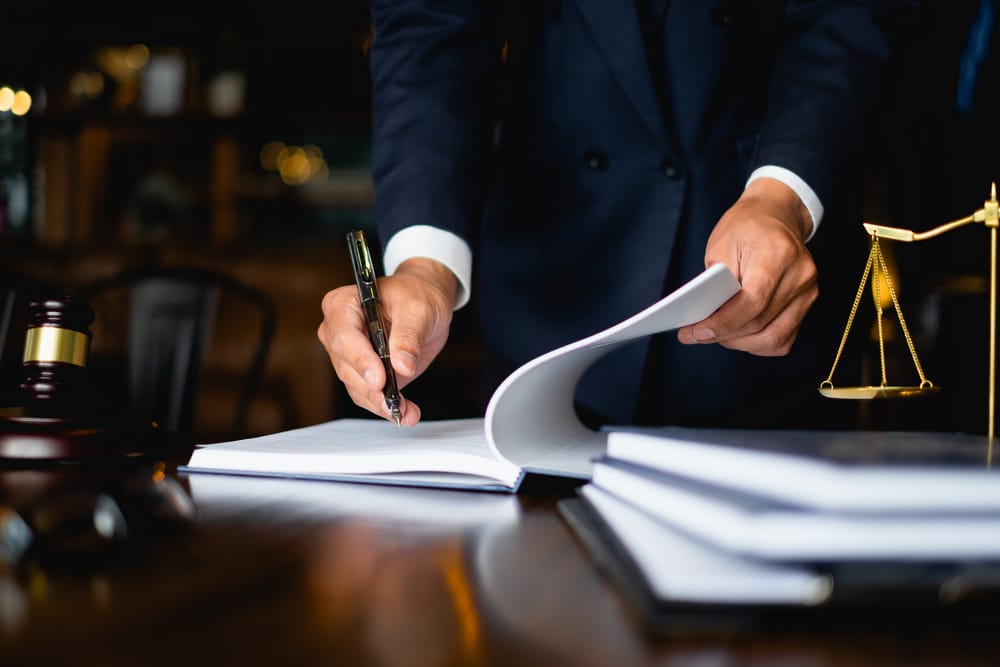
Though many New Yorkers plainly fall short, both pedestrians and motorists have a duty of care. State law spells out the obligations of both parties. To begin, pedestrians are not limited to individuals who walk; state law also includes persons who use:
- Wheelchairs
- Mobility scooters
- Roller skates, skateboards and hoverboards
- Tricycles
Crosswalks
Pedestrians who walk on sidewalks that cross driveways or parking lot entrances have the right of way, and motorists must always yield in this situation. At crosswalks with pedestrian control signals, people must wait for a steady walk signal before crossing.
With a flashing walk signal, pedestrians may not enter the crosswalk but retain the right of way until they complete their crossing. For sight-impaired pedestrians with white canes or guide dogs in a crosswalk, drivers must yield in every circumstance.
Unmarked Situations
Where there is no marked crossing, state law requires that pedestrians yield to vehicles. When there are no sidewalks and persons must walk in a roadway, state law requires that these individuals walk on the road’s left side — facing traffic — and stay as close as possible to the road’s edge. Drivers must always show due care when encountering pedestrians or pets.
Driver Obligations After a Pedestrian Injury
If a vehicle strikes you and causes serious injury, New York law requires the driver to notify the police and remain near the accident scene until released by a law enforcement officer. Further, state law requires the driver to provide you with their real name, address, and insurance provider information.
Within 10 days of an accident involving injury, New Yorkers must file a report with the state’s Department of Motor Vehicles. Drivers who flee the scene of an injury-causing accident are subject to arrest and possible imprisonment if convicted.
Pedestrian Injury: Steps To Take in the Aftermath
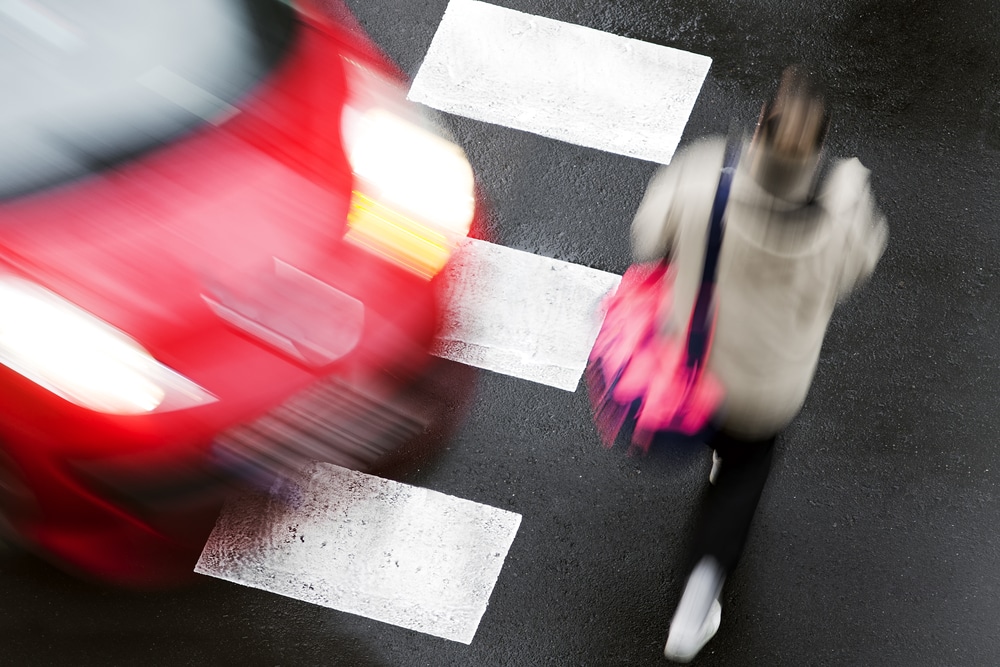
If you suffer injury as a pedestrian, taking care of your health supersedes all other concerns. There is a high probability that first responders will transport you to a local emergency department. If the paramedics instead recommend seeing your physician, schedule the appointment immediately.
In an auto accident, many injuries may not manifest symptoms for days or weeks. If left untreated, these injuries can lead to chronic pain or permanent disability. Depending on the nature of your accident, your physician may refer you to a neurologist, pain management specialist, or an orthopedist.
If you or a companion can photograph the accident scene, do so. New York is a dynamic city, and evidence preservation won’t last long. If other persons witnessed the accident, ask them for their contact information. At the earliest possible moment, it is wise to write down your recollection of the accident.
Retain this account with any medical invoices and test results. If you or a companion were able to take photographs or video of the accident scene, transfer this documentation to a thumb drive and add these records to your accident history packet.
Begin and maintain a daily symptom diary. If you are under the care of a neurologist, this step will provide valuable insights for your physician. If a physical therapist gave you homework exercises, add a reminder to your smartphone and stick with the program.
Avoid the Minefields
A pedestrian accident attorney will advise you to keep up with all doctor appointments and physical therapy sessions. First, your health remains paramount. Second, if you choose to pursue legal action to gain fair compensation, opposing legal counsel may weaponize missed appointments and seek to minimize your recovery struggle. If that sounds harsh, welcome to personal injury litigation.
Similarly, avoid any mention of your accident or recovery progress on social media, including private Facebook groups. Again, in a lawsuit, opposing counsel has the resources to vacuum up your social media posts, archive them and portray comments out of context.
The driver of the vehicle that struck you must notify his or her auto insurance provider after an injury-causing accident. This insurer may in turn contact you and ask you to record a statement. Your best move is to fully explore your legal options before speaking to the driver’s claims adjuster.
New York’s No-Fault Insurance System: The Basics
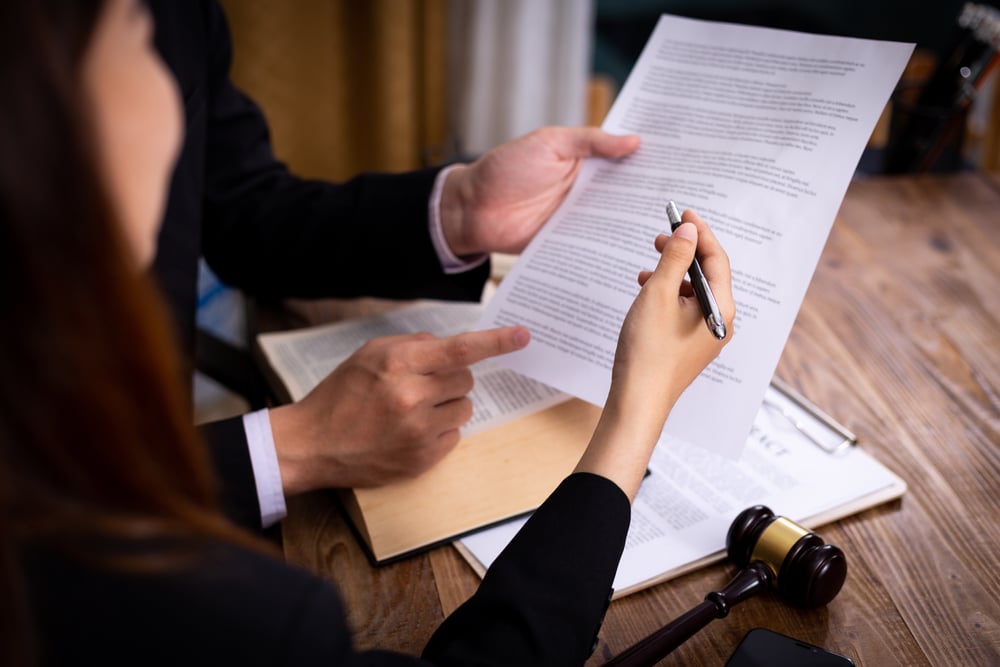
New York is one of several states with a no-fault auto insurance system. A no-fault system aims to guarantee swift payments to injured parties and reduce the state court system’s caseload. For pedestrians injured in an accident with a vehicle operated by an insured driver, compensation may run as high as $50,000. The driver’s insurance provider pays even if the pedestrian is totally at fault for the accident, thereby living up to the meaning of no-fault.
To receive compensation for medical expenses and other damages, injured pedestrians must file a claim with the driver’s insurance provider within 30 days. Severely injured persons may need help from a family member or pedestrian accident attorney to meet this goal. Failure to meet the 30-day rule may mean forfeiture of all benefits.
No-Fault’s Shortcomings
Pedestrian collisions may leave the victim with catastrophic injuries. What if $50,000 does not even come close to compensating for injuries? What if the driver bears some — or all — of the fault for a pedestrian’s injuries? If both of those conditions are true, the door to a lawsuit may crack open. New York state law deliberately makes it difficult to pursue actions outside the no-fault compensation system, but serious injury creates an exception.
Serious injury is not a subjective opinion open to interpretation; the state defines the term with precision. Conditions that meet this threshold include:
- Economic losses above $50,000
- Bone fractures
- Fetal death
- Permanent internal organ impairment
- 90 or more consecutive days of disability
- Permanent range-of-motion impairment with hands, arms or legs
If you believe your injuries meet one or more of these tests, you may wish to discuss your options with a pedestrian injury accident lawyer. If you and your attorney elect to pursue legal action to obtain fair compensation, New York’s liability rules will enter the picture.
Liability: How Comparative Negligence Works

Liability boils down to fault. When apportioning fault for an accident, New York state applies the comparative negligence rule. First, you must win a ruling for damages. As an example, assume that a judge determines your injuries merit damages worth $100,000. Then, the judge determines that you bear 20% of the fault for the accident. The comparative negligence rule then reduces your award by 20%, leaving you with $80,000.
Under comparative negligence, a pedestrian’s adherence to right-of-way laws and ordinances can have an enormous effect on damage awards.
Evidence: Building a Case
The quality and quantity of evidence you and your attorney can assemble may greatly affect your ability to gain fair compensation.
Police Reports
If a driver’s vehicle strikes a pedestrian, the investigating officers may ask this motorist to take a portable breath test (PBT), commonly called a breathalyzer. If the PBT indicates a blood-alcohol content above the legal limit, the driver will likely face a more accurate blood test at a police station. A confirmation of driving under the influence of alcohol provides compelling evidence of negligence.
Eyewitnesses
While eyewitness recollections can prove faulty, especially months after the fact, these accounts may help build your case when combined with other evidence. Witnesses who gave statements to the police at the accident scene have the highest credibility.
Your Injury Records
Assemble all of the X-rays, MRI, bloodwork, physical therapy evaluations and every other test.
Work Records
When asking for damages, you must prove loss of income. This evidence can extend beyond the lost time at work. If your employer schedules regular pay hikes for long-term employees, you may include the raises in your calculations.
Expenses
Add up the bills for treatment, therapy and medication. With a pedestrian collision, it is likely to be a large number. Your accident history packet makes this item straightforward.
Surveillance Camera Recordings
Businesses typically do not aim their surveillance cameras at public roads, but parking lot security cameras are widespread. In some cases, cameras aimed at the lot’s perimeter may also capture a nearby intersection. With adequate video quality and landmarks for reference, a forensic accident specialist could establish the speed of a vehicle. If the speed meaningfully exceeds the posted speed limit, evidence of negligence exists.
In rare cases, high-quality surveillance video may catch a driver looking at a smartphone or indulging other distractions, providing other indications of negligence. A residential neighborhood is less likely to provide high-quality surveillance video, but your attorney may check out the possibility of a doorbell camera.
Traffic Cams and Red-Light Camera Recordings
Traffic cams and red-light cameras abound in Long Island and the boroughs. Unfortunately, both camera types operate at low frame rates, making it unlikely that they will catch the moment of impact in a pedestrian accident.
Further, red-light cameras only operate if a motorist enters an intersection during a red light. If your pedestrian injury accident lawyer deems the effort worthwhile, obtaining the footage from these county or municipal cameras is relatively straightforward.
Commercial Truck Recording Devices
If you suffer injury from a commercial truck, compelling evidence may be available. Federal law requires all commercial trucks to carry a bare-bones event recorder, but some commercial operators elect to install more comprehensive recorders to measure a driver’s fuel efficiency. In a pedestrian accident, this type of recorder will document vehicle speed, the gear selection and brake pedal status for the duration of the impact.
Many commercial truck operators also equip their fleets with dash cams or even perimeter camera systems. Unlike the start-and-stop footage from traffic cams, dashcams record at a continuous frame rate at standard or high definition. If the black box contains data from an accident, federal law requires preservation until all legal issues resolve.
As for the dashcam footage, a pedestrian injury accident lawyer can ensure the preservation of this evidence. Pinning another persuasive reason to consult an attorney in the immediate aftermath of an accident.
Lawsuits: The Role of New York Pedestrian Accident Attorneys
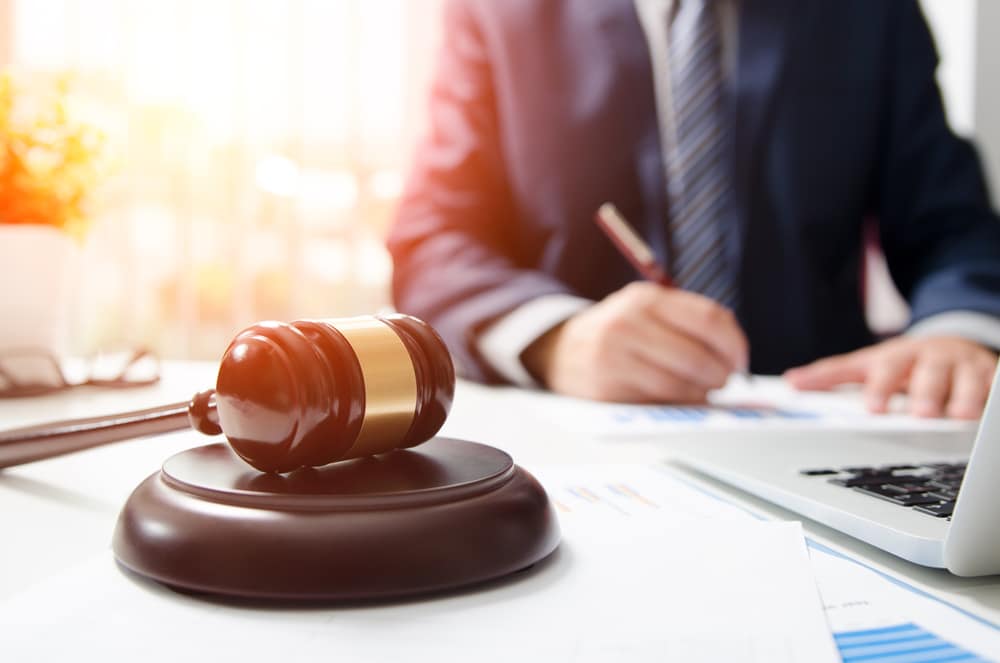
The evidence-gathering process lays the foundation for pedestrian accident cases. The evidence should show that the driver owed you a duty of care, failed to extend that care and thus caused your injuries.
With compelling evidence, a pedestrian accident lawyer may, in rare cases, negotiate a fair compensation settlement without even filing a lawsuit. Nonetheless, a lawsuit seeking compensatory damages is the more likely outcome. Compensatory damages typically comprise:
- Medical bills
- Lost wages
- Loss of future earning ability
- Pain and suffering
When pedestrians lose their lives to negligent drivers, the representatives of their estates may file a lawsuit for wrongful death benefits. Wrongful death suits have a shorter filing window, two years as opposed to three years for compensatory damages. Wrongful death damages typically include funeral expenses and estimated income the deceased would have provided to a family. In New York, families may not sue for pain and suffering caused by the deceased member’s passing.
A lawsuit does not mean your case will move to trial, that’s another unlikely occurrence. The most likely outcome in a personal injury lawsuit is a settlement. Even without a trial, the comparative liability rule is a factor in the negotiations between your pedestrian accident lawyer and the opposing counsel representing the driver or an insurance company. In a settlement negotiation, attorneys for both sides size up the case’s collected evidence and then estimate how a judge or jury would apportion fault between the parties.
Even though most cases settle, an injured pedestrian should still aim to work with a law firm willing and able to press a case through to trial. The courtroom prowess of your legal team creates another incentive for opposing counsel to settle.
Punitive Damages
A pedestrian facing a lifetime of disability would justifiably ask if punitive damages from a negligent driver are possible under New York law. Plaintiff’s attorneys rarely pursue this path in New York. First, the negligent driver must have substantial wealth to make the action practical. Second, a plaintiff would need to prove that a driver was willfully bent on injuring another person, an extraordinarily high standard.
Hit and Run Accidents
While confronting the challenges of injury recovery is daunting, some victims must face down the challenge in the aftermath of hit-and-run accidents. If the fleeing motorist escapes identification and arrest, an injured victim has narrow paths to gaining compensation. When pedestrian hit-and-run victims carry a New York auto insurance policy, they may file a claim with their insurance provider.
Working With the MVAIC
Compensation becomes more difficult for pedestrians without an auto policy or supplemental health coverage. Victims in this situation may have recourse with New York’s Motor Vehicle Accident Indemnification Corporation (MVAIC). The MVAIC, created in 1958, is an insurer of last resort for pedestrians injured by fugitive hit-and-run drivers or uninsured motorists.
The MVAIC requires hit-and-run victims to adhere to a pair of eligibility requirements. First, victims must have notified law enforcement within 24 hours of the accident. If the accident triggered a police presence, the police report by itself is sufficient. Second, victims must file a notice of intention to file a claim with MVAIC within 90 days of the accident.
The consequences of a hit-and-run accident build a persuasive case for consulting a pedestrian accident attorney. Beyond advising on claims, an attorney may have resources for identifying the fleeing motorist. When authorities identify and locate a hit and run driver, the motorist automatically bears a presumption of negligence for future legal actions.
Law Office of Silverstein & Kahn: 3 Decades of Advocacy Excellence

Since 1988, the NYC pedestrian accident attorneys of Silverstein & Kahn P.C. have represented New Yorkers injured by other parties’ negligence. In that time, we have recovered over $50 million for our clients. We are a family law firm, and these values shape our interactions with clients. At Silverstein & Kahn, you will communicate directly with an attorney, not a staff member.
Case reviews are free, and you owe us nothing unless we recover money for pedestrian accident victims. If you need an experienced pedestrian accident lawyer or have suffered an injury due to negligence, we invite you to contact us today.
Sources:
https://www1.nyc.gov/assets/nypd/downloads/pdf/traffic_data/cityacc-en-us.pdf
http://www.mvaic.com/do-you-qualify
https://newyork.public.law/laws/n.y._vehicle_and_traffic_law_section_1112

